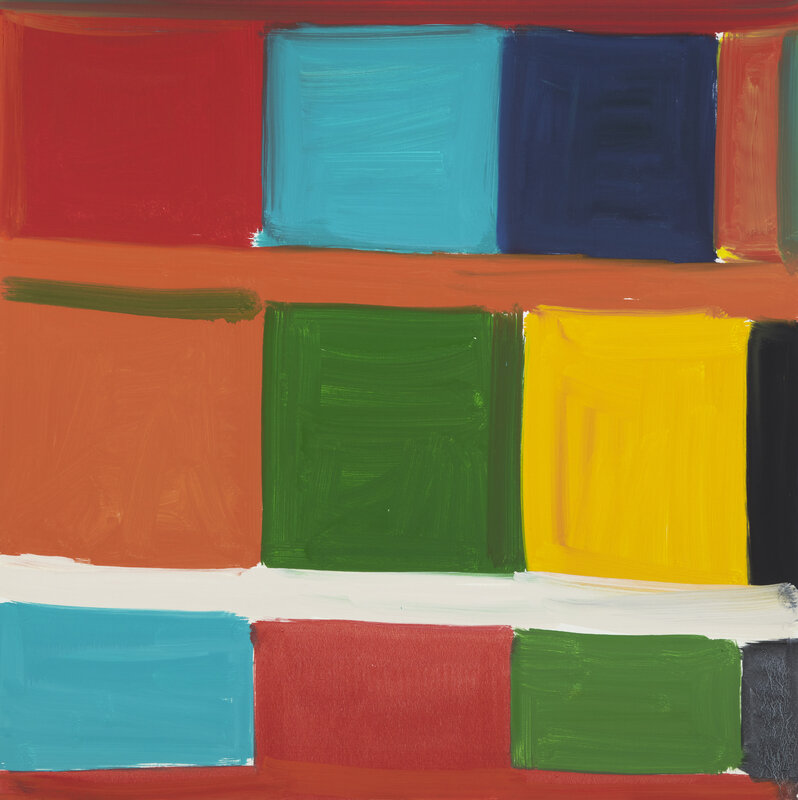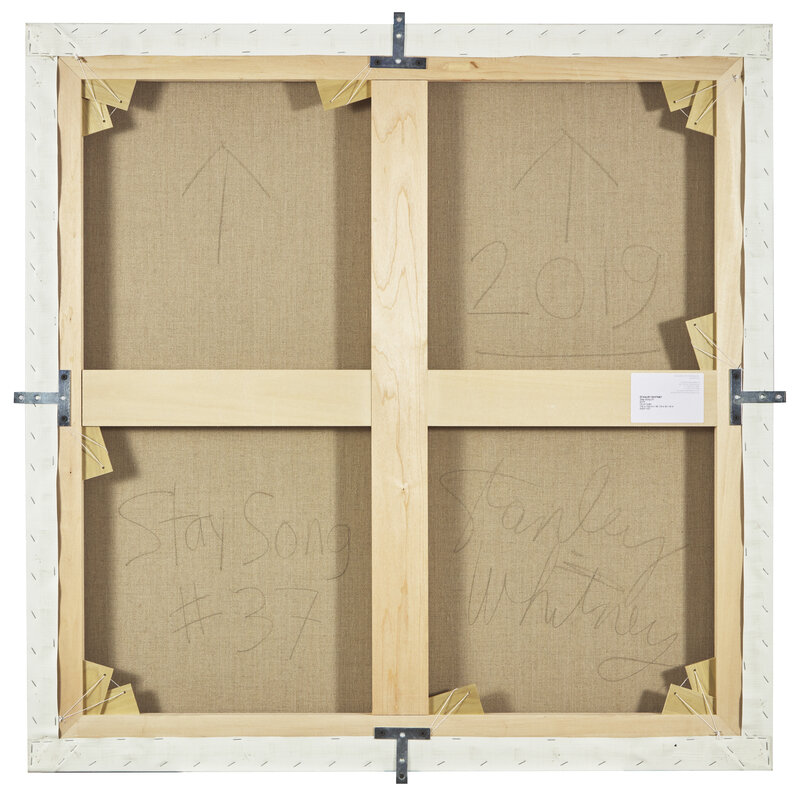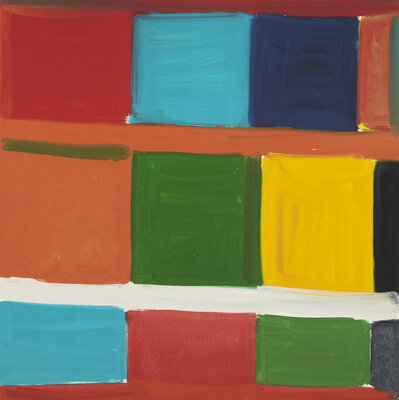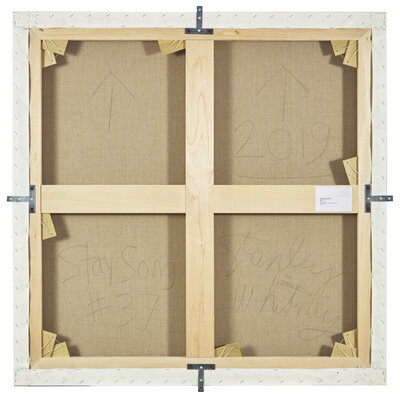Condition Report
Contact Information
Auction Specialist
Lot 11
Stanley Whitney
(American, b. 1946)
Stay Song #37, 2019
Sale 2104 - Post War and Contemporary Art
Nov 14, 2024
10:00AM ET
Live / New York
Own a similar item?
Estimate
$200,000 -
300,000
Price Realized
$215,900
Sold prices are inclusive of Buyer’s Premium
Lot Description
Stanley Whitney
(American, b. 1946)
Stay Song #37, 2019
oil on linen
signed Stanley Whitney, titled and dated (verso)
40 x 40 inches.
Provenance:
Galerie Nordenhake, Stockholm
Acquired from the above by the present owner in 2019
Lot essay:
Color holds profound significance for everyone. It evokes emotion, triggers nostalgia, transforms spaces, and fuels artistic creation. Within this realm, Stanley Whitney (American, b. 1946) emerges as a masterful interpreter of color. Renowned for his vibrant color grid paintings, Whitney has established himself as one of the foremost abstract artists of his time, and we are honored to offer one such work, Stay Song #37 (2019).
Dancing with vibrant hues of green, blue, red, yellow and orange, Stay Song #37 exhibits the quick, gestural, and spontaneous application of color for which Whitney is known. While he paints, Whitney immerses himself in a soundtrack of experimental jazz, drawing inspiration from artists such as Miles Davis, Ornette Coleman, and Charlie Parker. Here he highlights the importance of music to his work:
Music was always there for me as a kind of rhythm—getting in rhythm, having rhythm...The idea of a painting being so still but so rhythmic at the same time. So getting the rhythm of the painting is really important to me; there’s no beginning to it and no end, and I can shift around in it from any one spot. [i]
Despite his recent commercial success, Whitney’s path to artistic acclaim was long and challenging. After graduating with an MFA from Yale, he faced considerable obstacles as a black abstract artist in 1970s New York City. This was a time dominated by minimalism—often characterized by a muted color palette—and a prevailing focus within the Black artistic community on figurative works. In this environment, Whitney sought to develop his own distinctive artistic language, one that would eventually diverge from both minimalism and traditional figurative representation.
Whitney struggled to find this language for some time. In an interview, Whitney states, “my difficulty was how to make color the subject because the way we were taught is that color supports content.” [ii] It was not until the 90s that Whitney developed the artistic language that would become his signature. After years without any major success in New York, Whitney accepted a position as a professor of art in Rome and moved there with his wife and fellow artist, Marina Adams. His time abroad had a profound impact on the way he interpreted color and space:
... I realized that, for the color not to be decorative, it had to be in the right space...Then when I was in Italy and Egypt in 1992, I understood the last piece was density. Seeing the Colosseum and the Pantheon in Rome and then in Egypt, the pyramids and temples, I realized I could stack the color together. [iii]
This realization marked a significant artistic turning point for Whitney, paving the way for the color grid paintings he produces today. He treats color and space as one, creating an immersive experience for the viewer—a dynamic interplay where each hue interacts with its neighbor, generating a visual rhythm. The loose, geometric grid serves as his sole blueprint, while his application of color relies entirely on intuition.
In conversation with colleague and artist David Reed, Whitney describes his process or, perhaps more accurately, his lack of a fixed process:
The only system I have really is top, middle, and bottom. Even if I wanted to make a red painting, I couldn't do it. I have to let the color take me wherever it takes me. Sometimes I paint little paintings...and I go, oh, I can turn this into a big painting. But then I can’t do it because I have to be totally open to wherever the painting takes me. The idea that color cannot be controlled and that it has total freedom. One color can’t overpower another color, you know. [iii]
As seen in the strong blocks of color in Stay Song #37, where cooler blues and greens confront deep reds, orange, and yellow, balancing the three-tiered grid through streaks of white and black, Stanley Whitney is an artist who is unabashedly unafraid of color. This technique dictates the dialogue within his work, and not only challenges conventional perceptions of abstraction but also invites viewers to engage with art as a living conversation.
Bibliography:
[i] Whitney, Stanley, and Leri, Louise. “The Space is in the Color.” Gagosian Quarterly. https://gagosian.com/quarterly/2020/04/10/interview-space-is-in-the-color-stanley-whitney-louise-neri/
[ii] Stanley Whitney, interviewed by Adrianna Campbell, “New York, New York,” Artforum, July 14, 2015.
[iii] Whitney, Stanley, and David Reed. “Stanley Whitney.” BOMB, no. 123 (2013): 38–46. http://www.jstor.org/stable/24365406.





